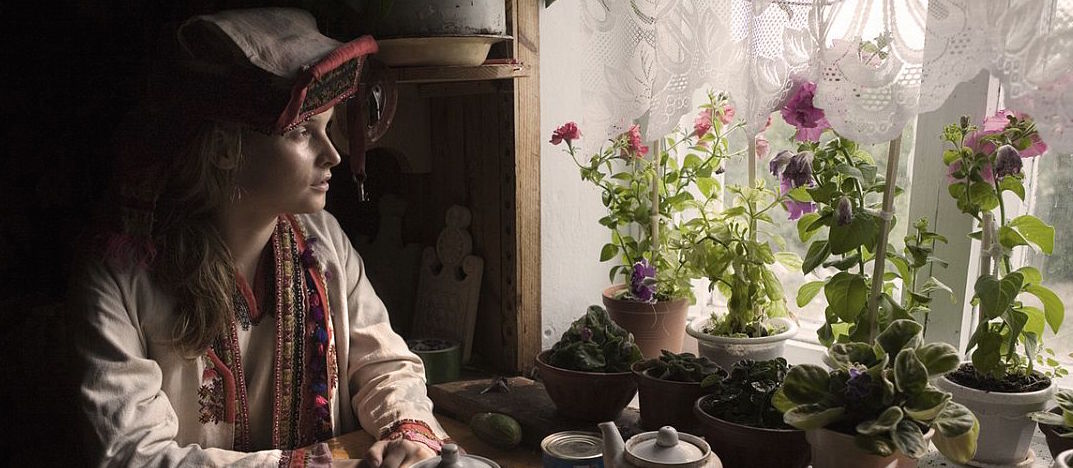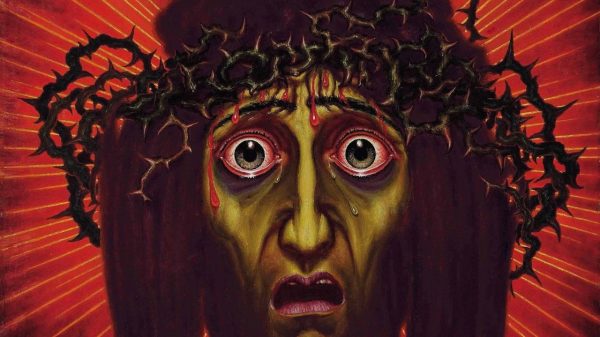Text via The Culture Trip
The Mari people are an indigenous group, recognized as the last surviving Pagans of Europe. Having suffered years of oppression through Soviet secularism and facing an ongoing threat from the current government, the Mari people are unique and strong. Their religious rituals are characterized by harmonious devotion to nature and are at the core of their traditional and enduring practices.
The Mari people reside in the Eastern European plain of Russia in the Mari El Republic, approximately 850km east of Moscow. The republic is one of 85 federal states within Russia. As a constituent state, the republic holds administrative jurisdiction over the geographical territory. The largest river in Europe, the Volga, runs through their land, and the Mari people define themselves by their unique and intimate connection with nature. Of Finno-Ugric origin, they exist in two distinct groups: highlanders and lowlanders. Both speak different languages and live in distinctly separate regions, yet are united in the practice of the same rituals under the same Pagan belief system.
Mari Ritual
Insisting that their faith is the world’s oldest, the Mari people have carried out the same rituals in praying to the gods for centuries. Communal religious practice takes place in the grove as opposed to the Church. The religion revolves around the worship of the forces of nature and heavily emphasizes man’s respectful relationship with the natural world.
Before the widespread influence of monotheistic ideas in the 19th century, the Mari Pagans worshiped a number of gods, all as gods of elements of the natural world. Kugu Jumo acted as the main god, and the 12 other gods paid tribute to him. Now, it is more common to just worship one figurehead God.
A typical grove worship includes bringing all anxieties and grievances along to discuss with the priest, who then passes on the requests and desires of the individual to God. In the forests and along the river bank of the Volga, domestic sacrifices are brought along by the people. These sacrifices are most often geese, as they are considered the most sacred animal due to their ability to commune with earth, air, and water. The geese are calmed to ensure good wishes before they are sacrificed. The geese are cooked in huge industrial pots chained to the trees. The Mari people then communally cremate the skin, bones, and organs in bonfires at the grove in order to seek communion with nature.
Read the Full Story HERE!
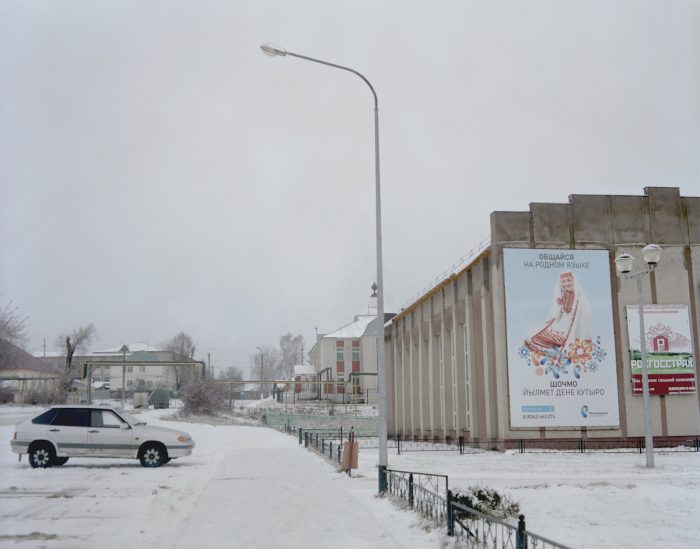
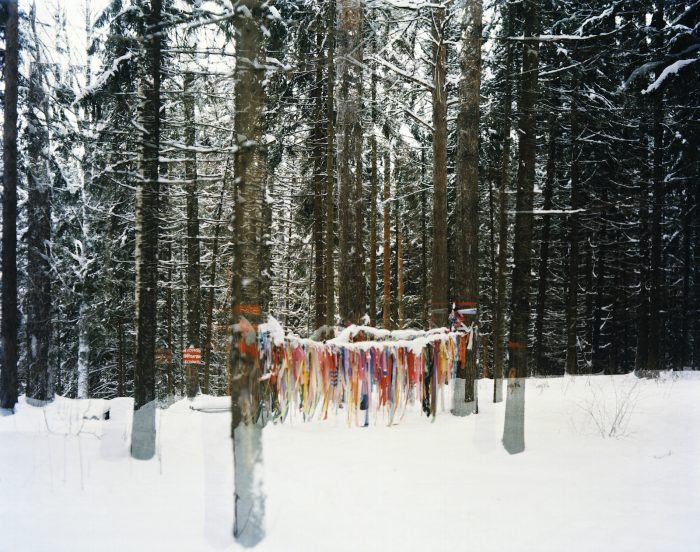
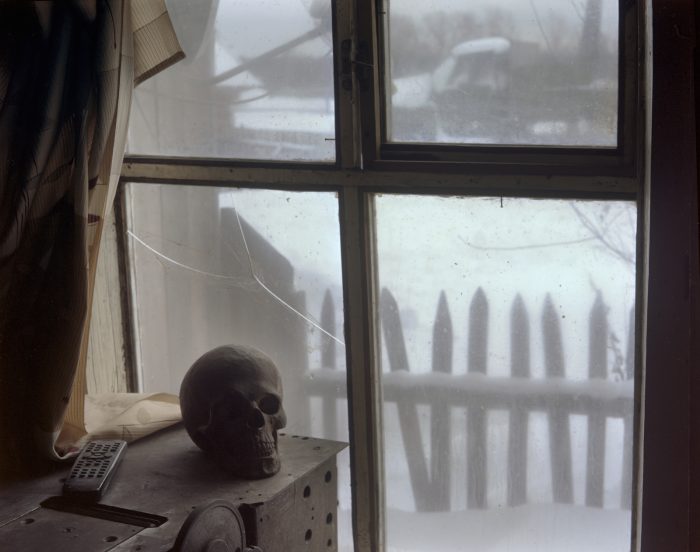
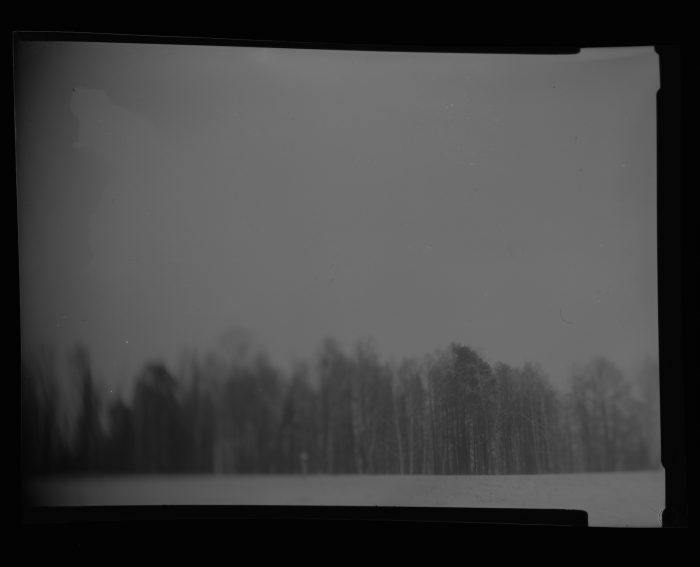
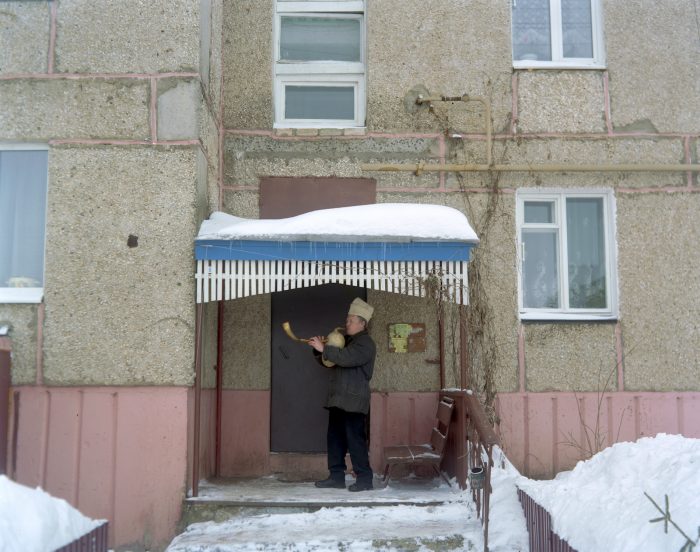
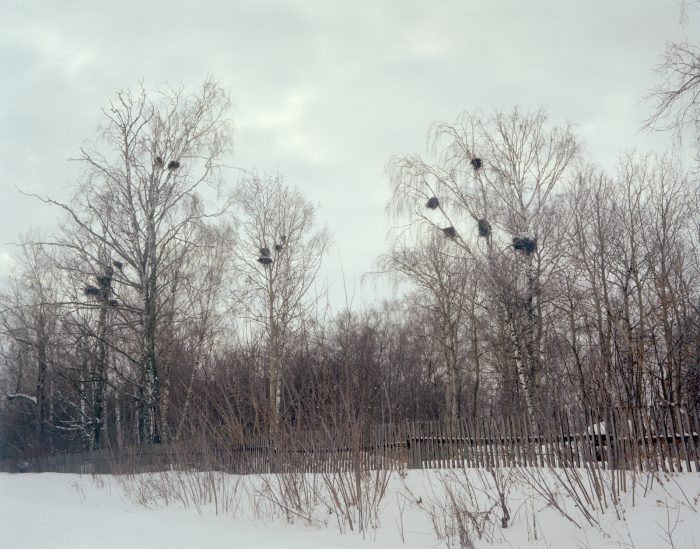
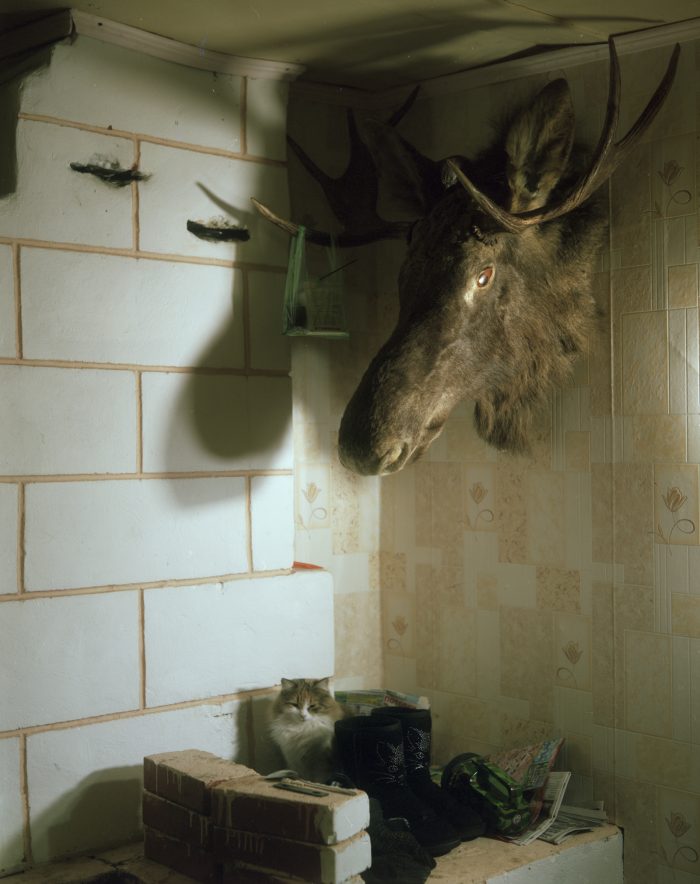
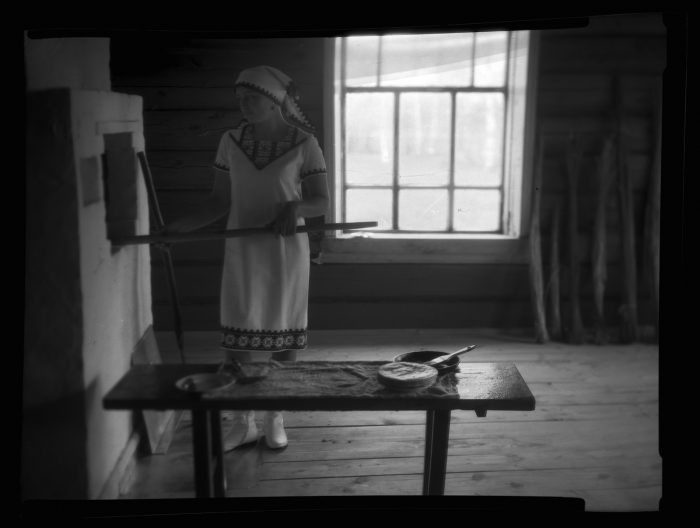
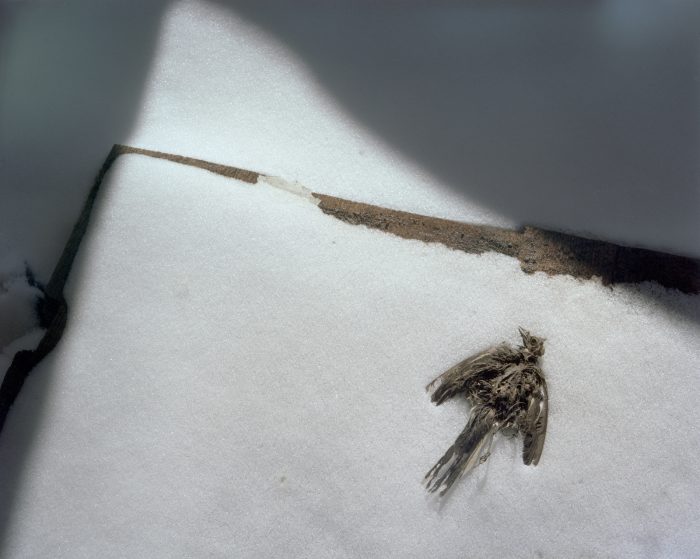
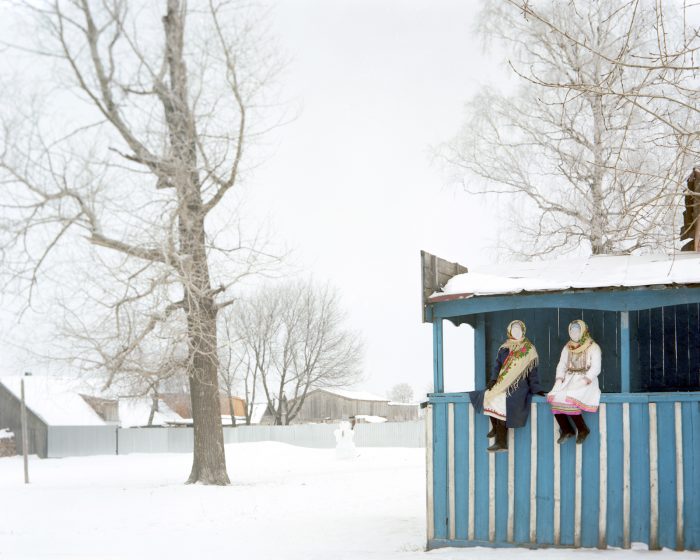
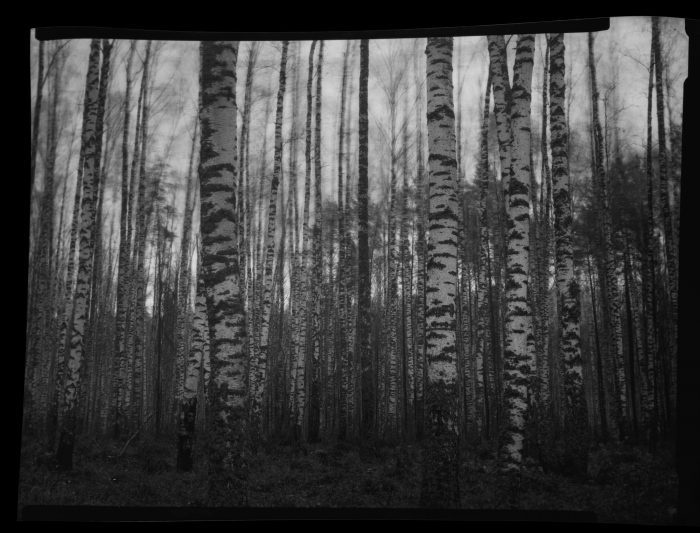
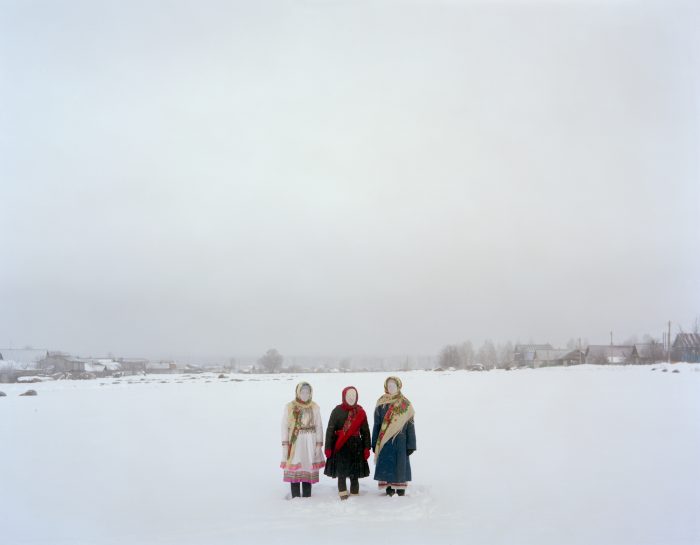
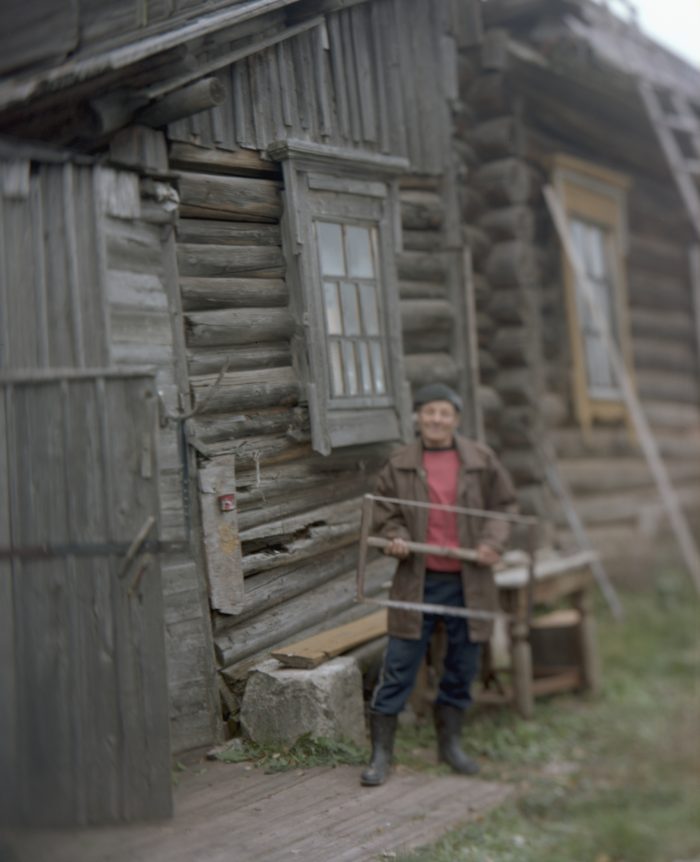
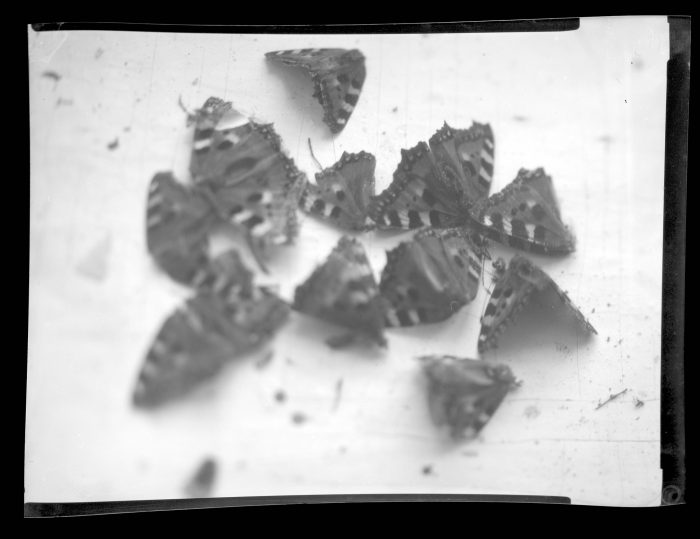
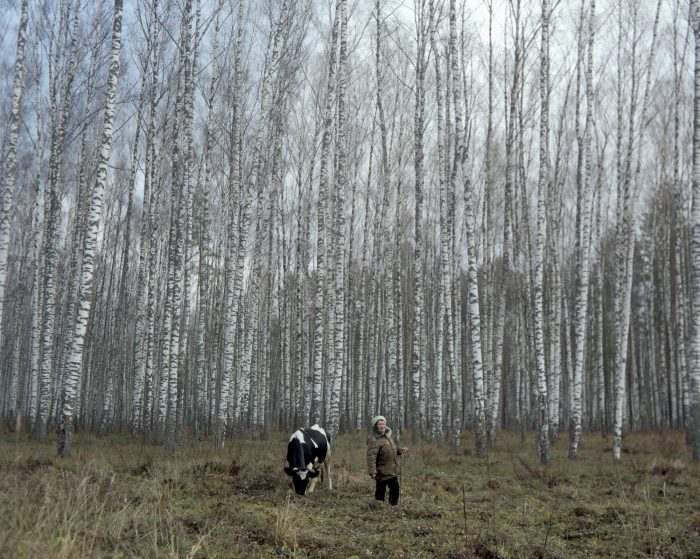
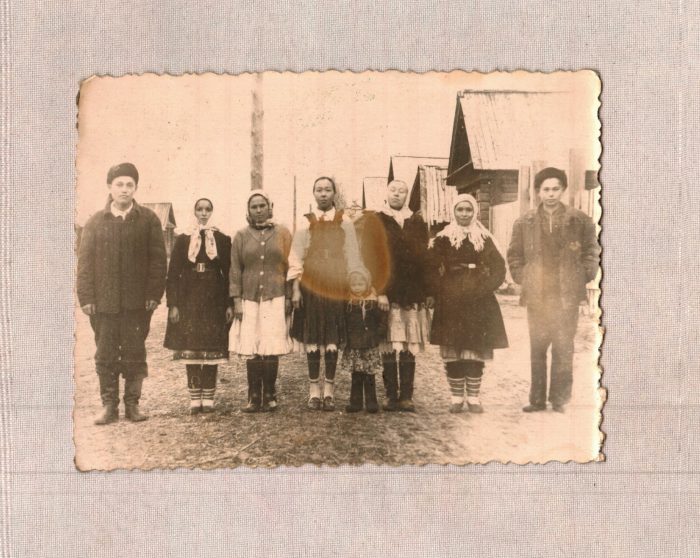
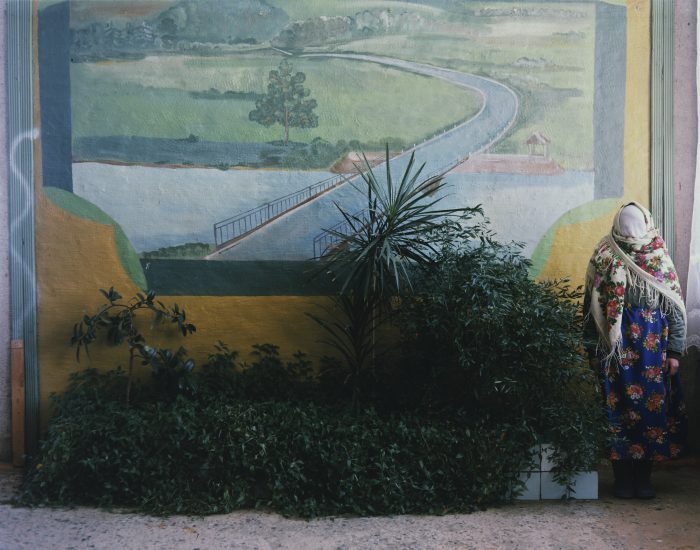
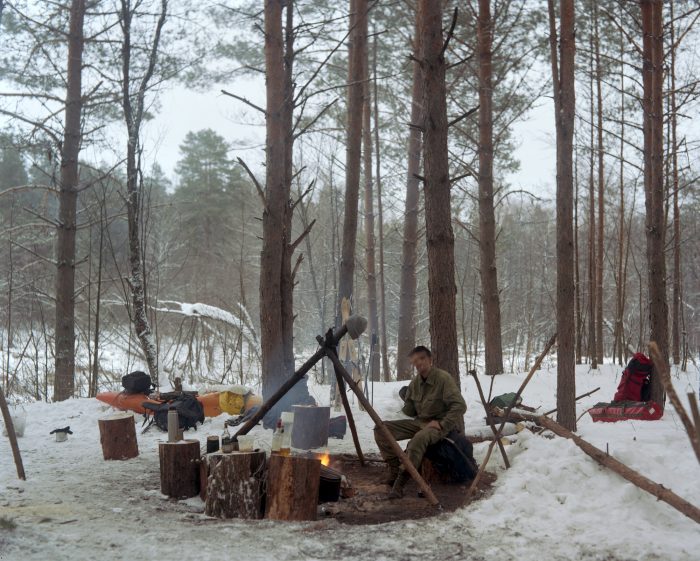
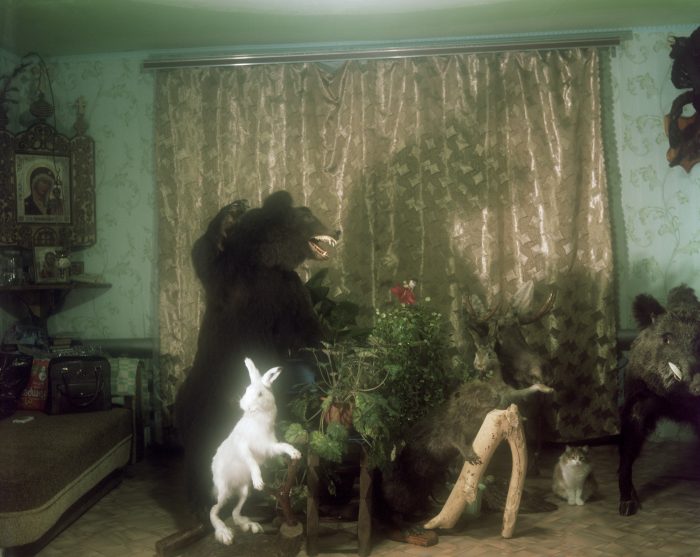
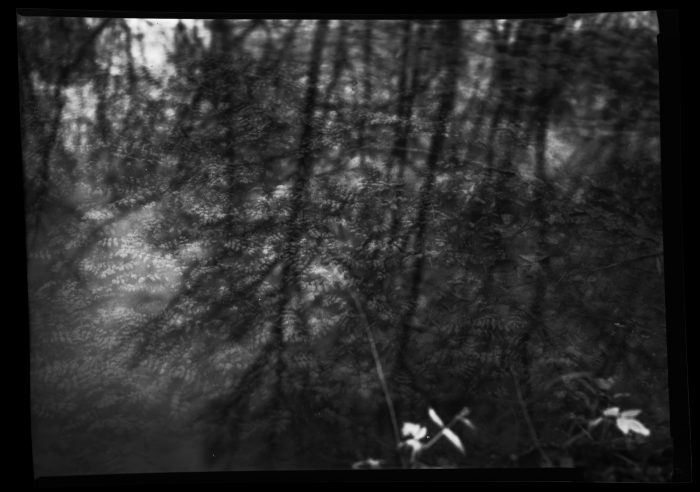
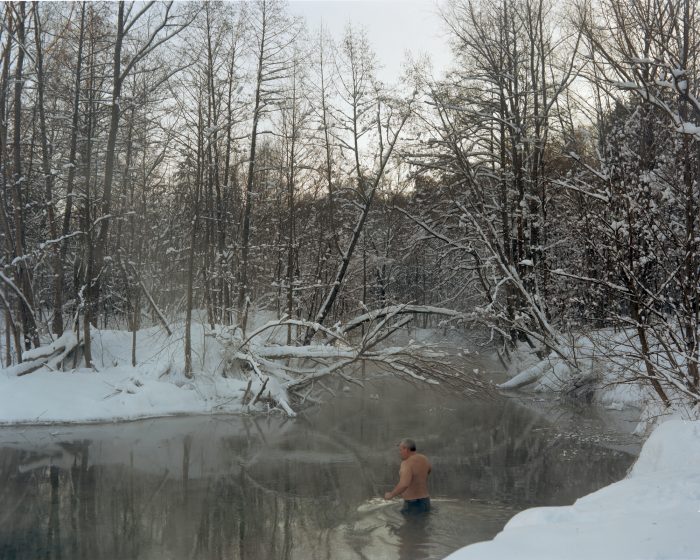
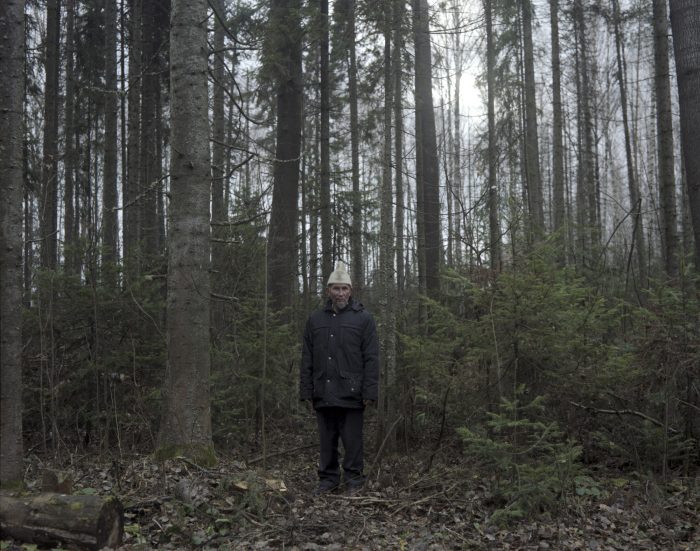
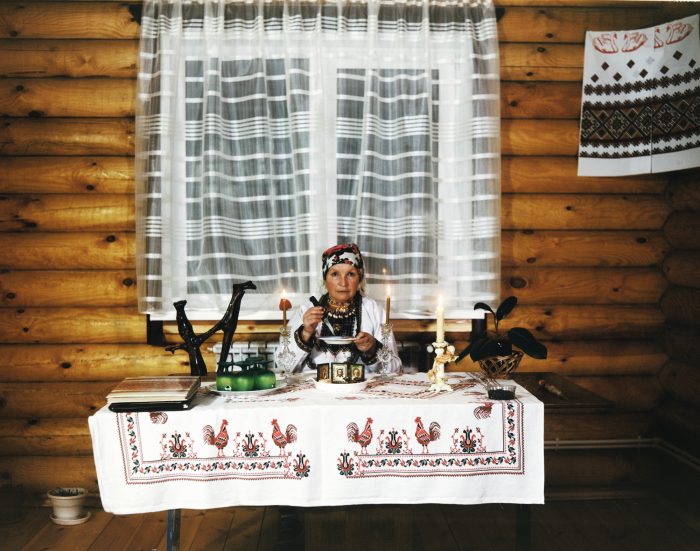
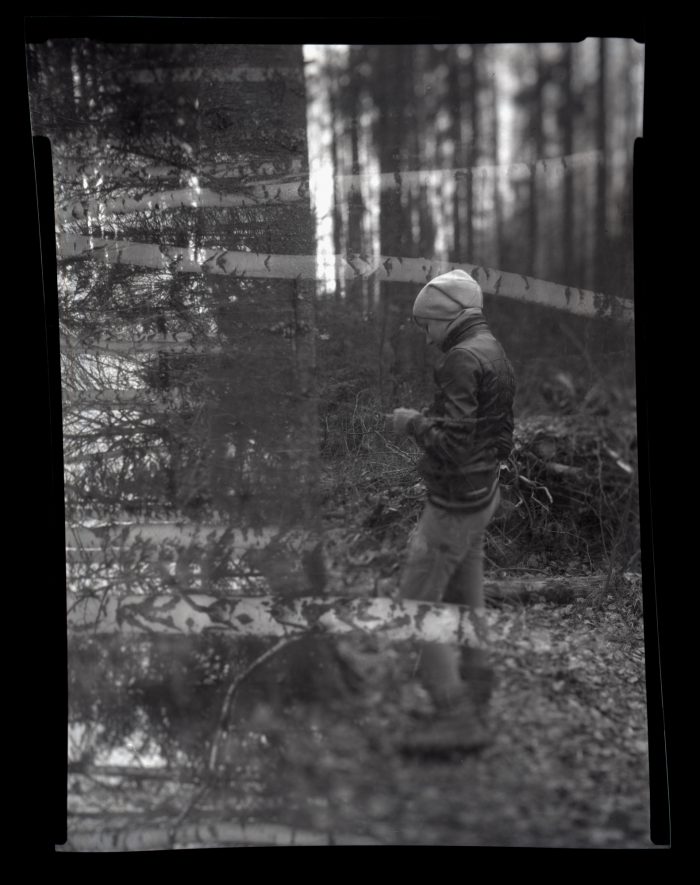
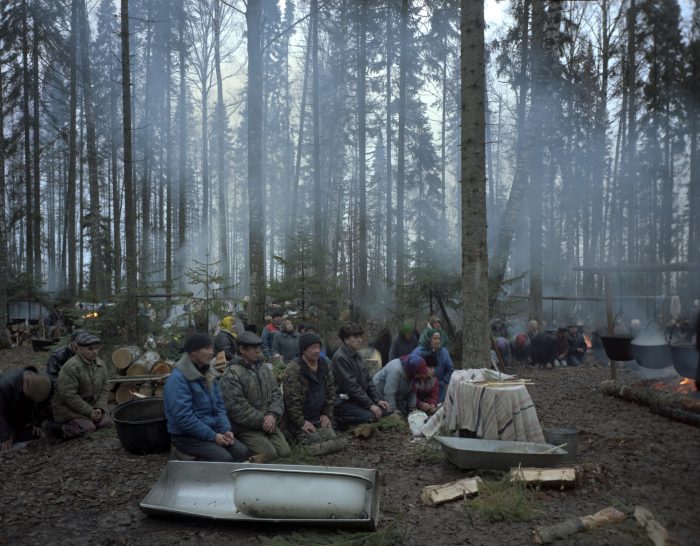
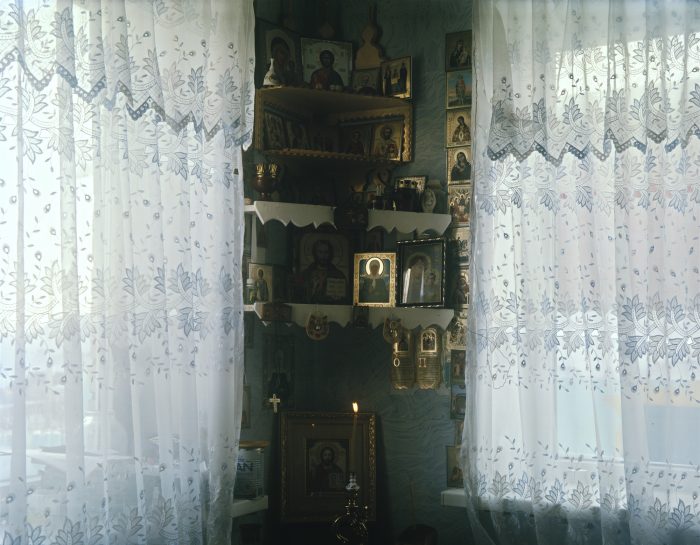
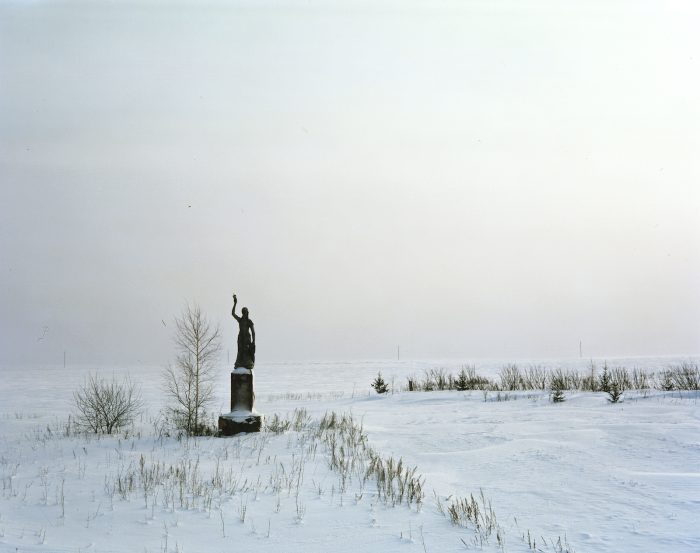
Photos Via Ikuru Kuwajima

